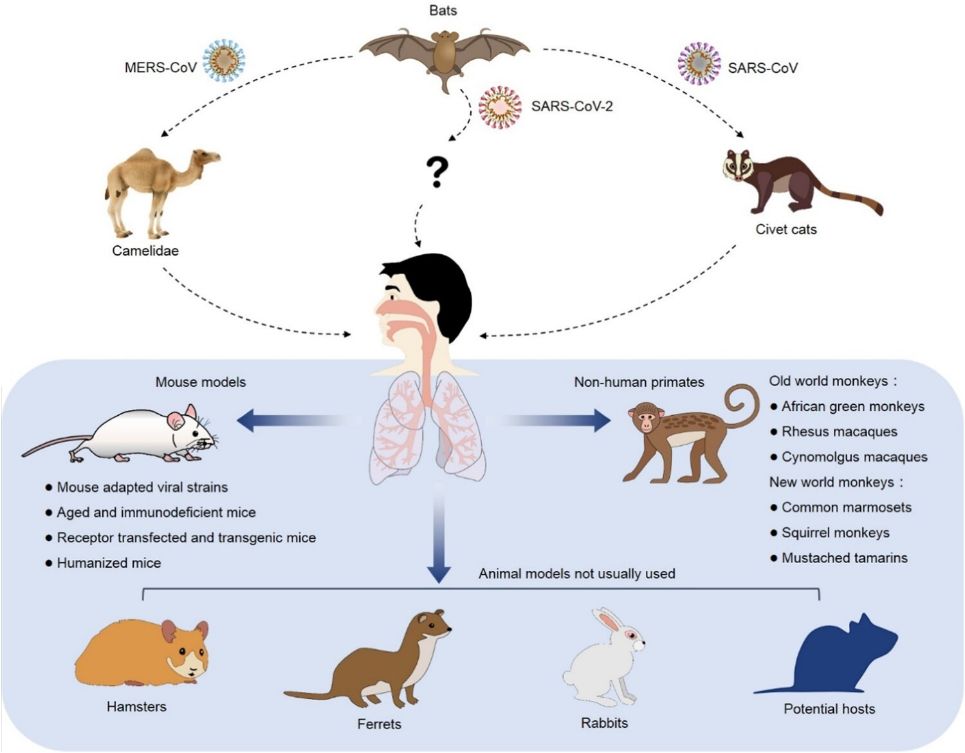Urinary tract infection: epidemiological, pathophysiological aspects and therapeutic management
In short, UTIs are infections caused by bacteria, with the bladder being the most common site of infection. This condition is one of the main causes of infections in women, who are affected up to four times more than men. The age group most affected is around 16 to 35 years. This higher prevalence in women compared to men is related to the anatomy of the female urinary tract and its proximity to the reproductive organs. The main germs involved in the etiopathogenesis of UTIs are: Escherichia coli, Enterococcus sp., Klebsiella sp., Pseudomonas aeruginosa, Proteus sp. and Staphylococcus sp. The classic symptoms of this condition are dysuria, suprapubic pain, urinary frequency and urinary urgency. In older women, there may also be less specific complaints such as: urine with a foul odor, a sensation of incomplete emptying of the bladder, constipation and hematuria. Careful collection of the urine sample is very useful for diagnostic purposes. Regarding the treatment of UTI, the main focus is antibiotic therapy. In cases of uncomplicated acute UTI, therapy lasts from 3 to 5 days, with the first-line drugs being: nitrofurantoin, trimethoprim-sulfamethoxazole and fosfomycin. Furthermore, in cases of recurrent UTIs, prophylactic treatment can be used, which can be done through low doses of antimicrobials for a period of 6 to 12 months. The most frequent complications are persistent symptoms, pyelonephritis, urinary incontinence, renal abscess, chronic prostatitis and renal failure.
References
BONO, M. J.; LESLIE, S. W.; REYGAERT, W. C. Urinary Tract Infection. StatPearls [Internet]. Treasure Island (FL), 28 Nov 2022.
CZAJKOWSKI, K.; BROŚ-KONOPIELKO, M.; TELIGA-CZAJKOWSKA, J. Urinary tract infection in women. Menopausal Review, v. 20, n. 1, p. 40–47, 2021.
FLORES-MIRELES, A. L. et al. Urinary tract infections: epidemiology, mechanisms of infection and treatment options. Nature Reviews Microbiology, v. 13, n. 5, p. 269–284, 8 abr. 2015.
JUNG, C.; BRUBAKER, L. The etiology and management of recurrent urinary tract infections in postmenopausal women. Climacteric, v. 22, n. 3, p. 242–249, 9 jan. 2019.
KHAULI, R. et al. Management of urinary tract infection in women: A practical approach for everyday practice. Urology Annals, v. 11, n. 4, p. 339, 2019.
KWOK, M. et al. Guideline of guidelines: management of recurrent urinary tract infections in women. BJU International, v. 130, n. S3, p. 11–22, 17 maio 2022.
LEUNG, A. K. C. et al. Urinary Tract Infection in Children. Recent Patents on Inflammation & Allergy Drug Discovery, v. 13, n. 1, p. 2–18, 5 ago. 2019.
MCLELLAN, L. K.; HUNSTAD, D. A. Urinary Tract Infection: Pathogenesis and Outlook. Trends in Molecular Medicine, v. 22, n. 11, p. 946–957, nov. 2016.
TAMADONFAR, K. O. et al. Reaching the End of the Line: Urinary Tract Infections. Microbiology Spectrum, v. 7, n. 3, 31 maio 2019.





